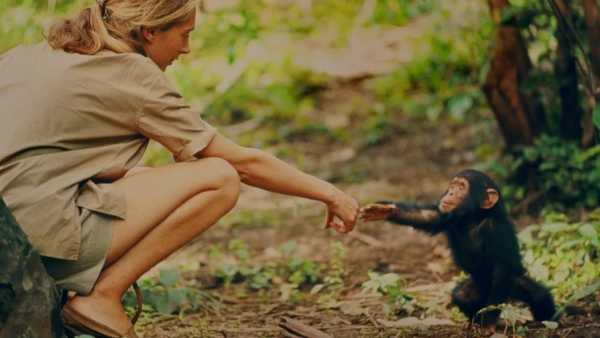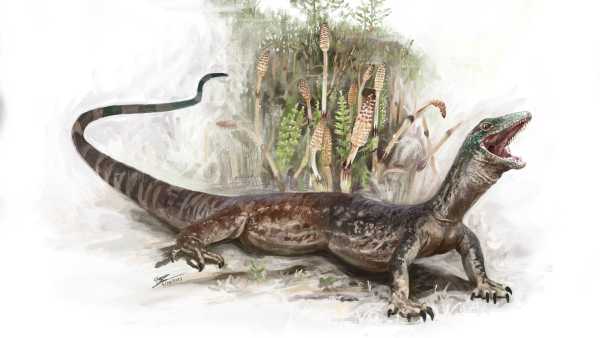
Breugnathair elgolensis, or the “false Elgol snake,” was discovered near the village of Elgol in Scotland. (Image credit: National Museums Scotland © Brennan Stokkermans)
The fossilized skeleton of a Jurassic reptile that appears to be half lizard, half snake has been discovered on Scotland's Isle of Skye.
A new study has found that this mysterious lizard had hooked, snake-like teeth that it used to hunt prey 167 million years ago.
You may like
-
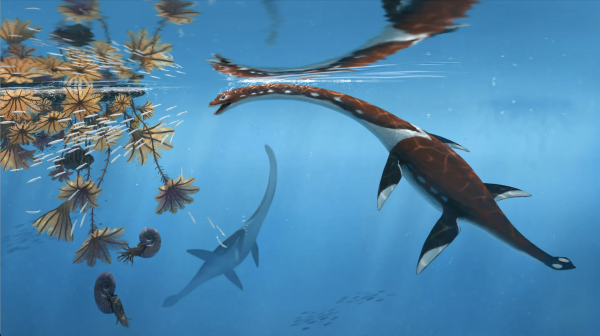
The “most remarkable” Jurassic sea monster fossil from Germany belongs to a previously unknown species.
-
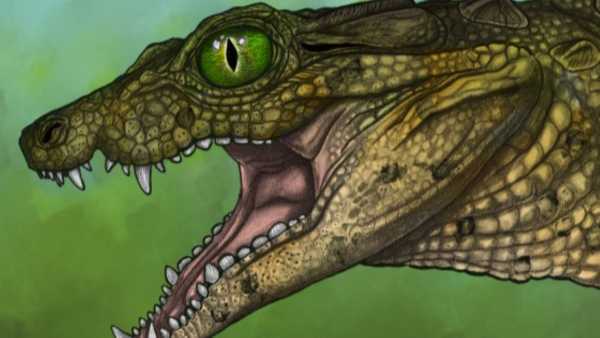
A 95-million-year-old, never-before-seen 'tiny skull' of a crocodile-like creature has been discovered in Montana.
-
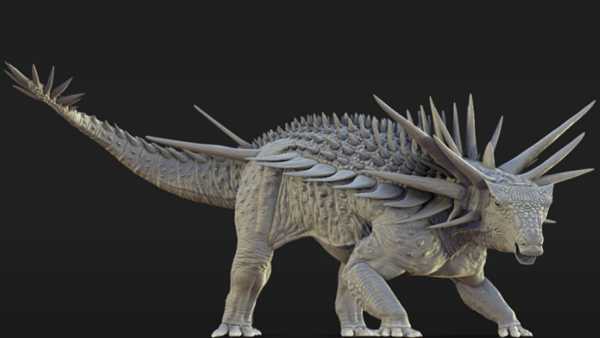
'So weird': An ankylosaurus with 90-centimeter-long spikes protruding from its neck discovered in Morocco
According to the researchers, B. elgolensis reached a length of only about 41 cm, but this made it one of the largest lizards in its ecosystem. Scientists speculate that it preyed on smaller lizards, early mammals, and even young dinosaurs, such as small herbivorous heterodontosaurids and predatory bird-like paravians.
It had a snake-like jaw and curved teeth like a modern python, but its body was short, with fully formed limbs like a lizard. B. elgolensis also had gecko-like features on some bones, including the back of its skull. Researchers are still unraveling the evolutionary history of B. elgolensis, but its discovery could change their understanding of the early evolution of snakes.
Scientists currently have conflicting views on the early evolution of lizards and snakes. Both animals belong to the order Squamata, which emerged approximately 190 million years ago. There are some similarities between members of this order, but lizards evolved first and typically have four limbs, while snakes are limbless.
“The Jurassic fossil deposits on the Isle of Skye are of global significance for our understanding of the early evolution of many living groups, including lizards, which began their diversification around this time,” said study co-author Susan Evans, professor of vertebrate morphology and palaeontology at University College London, in a statement.
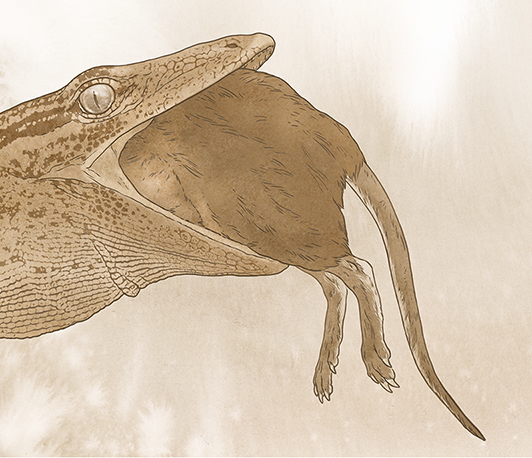
Breugnathair elgolensis had teeth and toothed bones similar to those of the modern python.
Study co-author Stig Walsh, senior curator of vertebrate palaeobiology at National Museums Scotland, first discovered the B. elgolensis fossil in 2015. Since then, the team has spent nearly a decade preparing and studying the specimen, including exposing it to powerful X-rays and detailed computed tomography (CT) scans.
Researchers have determined that B. elgolensis belongs to a subgroup of squamate Parviraptoridae, previously known only from other fossil fragments. Although snake-like bones were found alongside gecko-like bones, some scientists assumed they belonged to two different animals. According to the statement, the new fossil confirms that a single species indeed possessed both traits.
“I first described parviraptorids about 30 years ago, based on more fragmentary material, so it's a bit like finding the top piece of a puzzle many years after you've pieced together the original picture from several fragments,” Evans said. “The mosaic of primitive and specialized features we find in parviraptorids, demonstrated by this new specimen, serves as an important reminder that evolutionary paths can be unpredictable.”
RELATED STORIES
— Iguanas swam a fifth of the way around the world on rafts 34 million years ago.
— The unexpected discovery of a snake-like lizard, thought to be extinct, has stunned scientists.
— Scuba lizards breathe underwater by putting air bubbles on their noses, just like in the cartoon.
Researchers are still unsure whether snakes evolved from species similar to B. elgolensis or whether they independently evolved similar mouthparts. It's also possible that B. elgolensis represents a stem lineage within the order Squamata, giving rise to all lizards and snakes.
“This fossil allows us to clarify quite a bit, but not everything,” said lead study author Roger Benson, Macaulay Curator in the American Museum of Natural History's Department of Paleontology, in a statement. “However, it makes us even more excited about the possibility of unraveling the origins of snakes.”

Patrick Pester, Social Link Navigator, Popular News Writer
Patrick Pester is a popular news writer for Live Science. His work has appeared on other science websites, such as BBC Science Focus and Scientific American. Patrick transitioned to journalism after working for zoos and wildlife conservation organizations early in his career. He received a Master's Excellence Scholarship to Cardiff University, where he earned a Master's in International Journalism. He also earned a second Master's in Biodiversity, Evolution, and Conservation in Action from Middlesex University in London. When not reporting, Patrick investigates the sale of human remains.
You must verify your public display name before commenting.
Please log out and log back in. You will then be asked to enter a display name.
Exit Read more
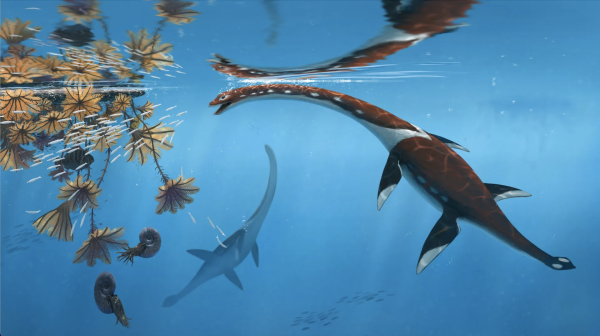
The “most remarkable” Jurassic sea monster fossil from Germany belongs to a previously unknown species.
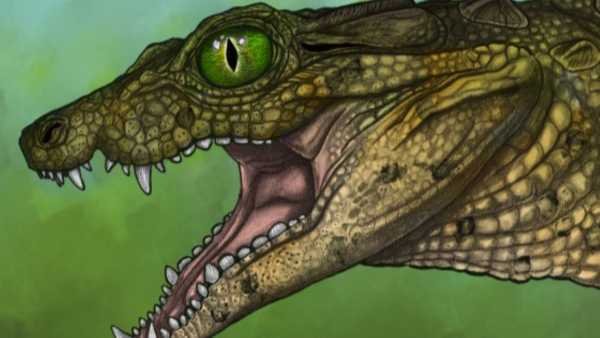
A 95-million-year-old, never-before-seen 'tiny skull' of a crocodile-like creature has been discovered in Montana.
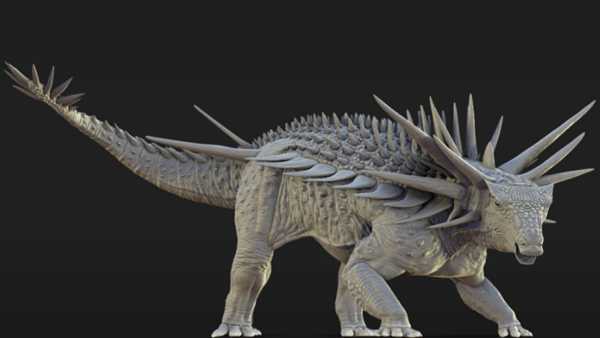
'So weird': An ankylosaurus with 90-centimeter-long spikes protruding from its neck discovered in Morocco
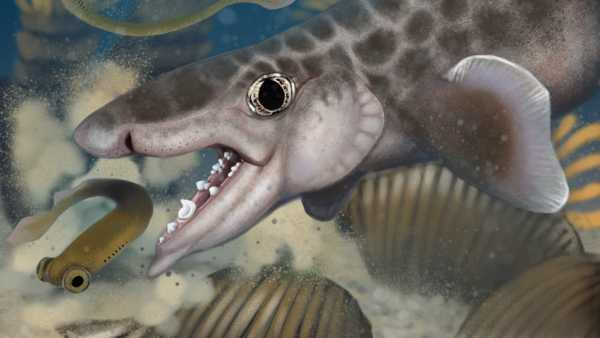
Ancient shark discovered deep inside world's longest cave system
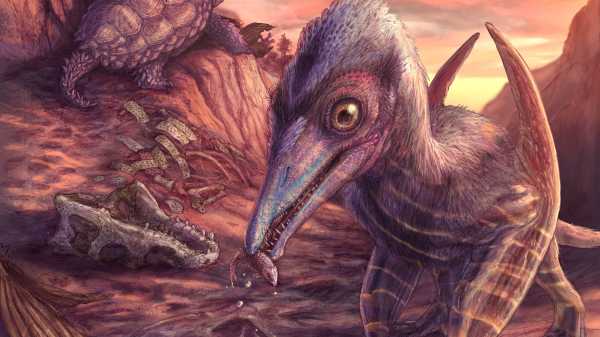
The “Ash-Winged Dawn Goddess” is the oldest pterosaur ever discovered in North America. It was so small it could fit on a person's shoulder.
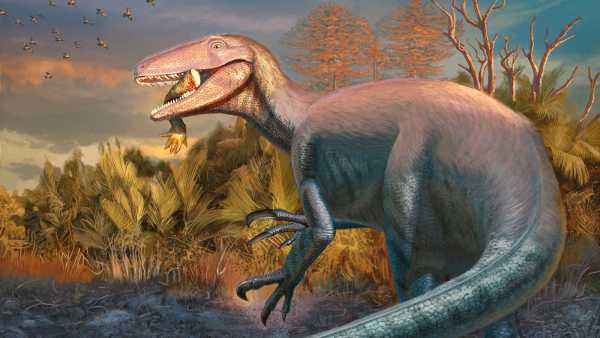
A giant dinosaur with “brushcutter-like claws” and a crocodile leg still in its mouth has been found in Argentina.
Latest news about extinct species
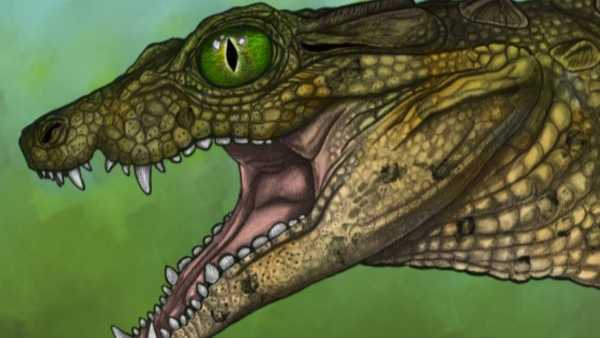
A 95-million-year-old, never-before-seen 'tiny skull' of a crocodile-like creature has been discovered in Montana.
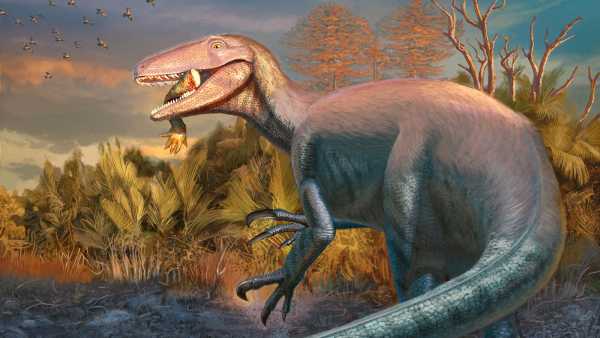
A giant dinosaur with “brushcutter-like claws” and a crocodile leg still in its mouth has been found in Argentina.
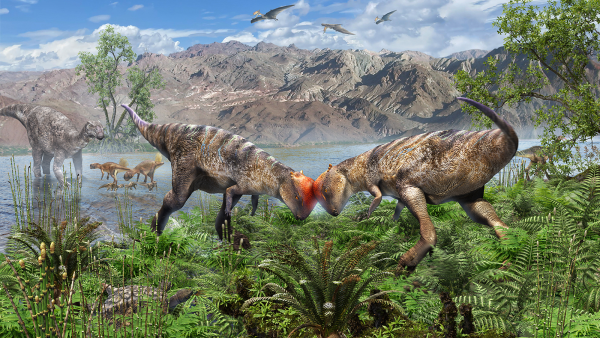
The oldest known dinosaur with a domed head has been discovered protruding from a rock in Mongolia's Gobi Desert.
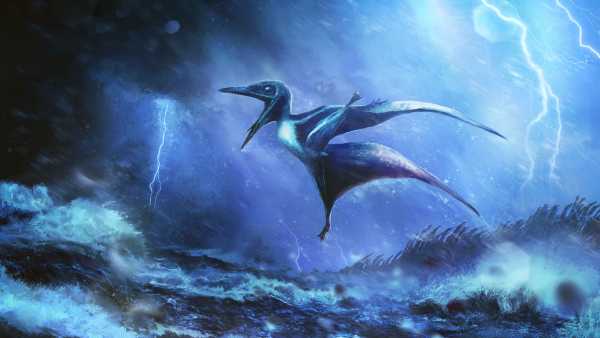
Scientists have discovered that baby pterosaurs died during a powerful Jurassic storm 150 million years ago.
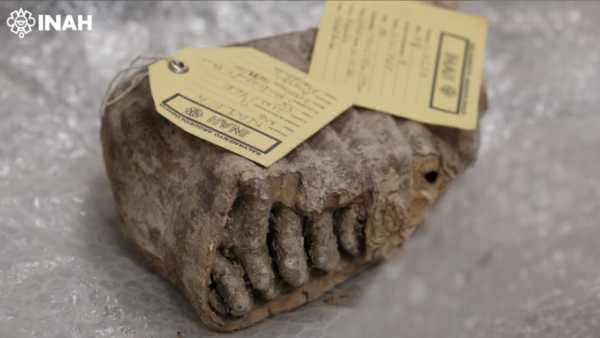
Ancient DNA from Mexican mammoths reveals unexpected and unexplained genetic secrets
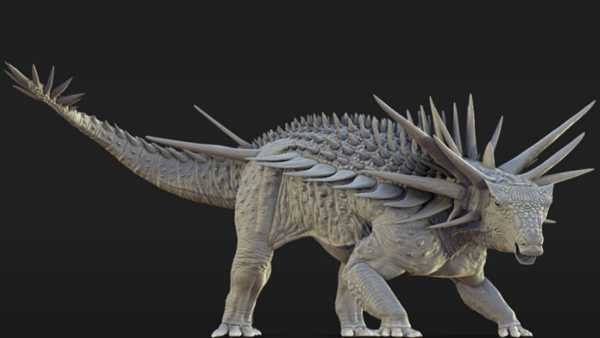
'So weird': An ankylosaurus with 90-centimeter-long spikes protruding from its neck discovered in Morocco
Latest news

Years of repeated blows to the head increase the risk of CTE—even if they aren't concussions.
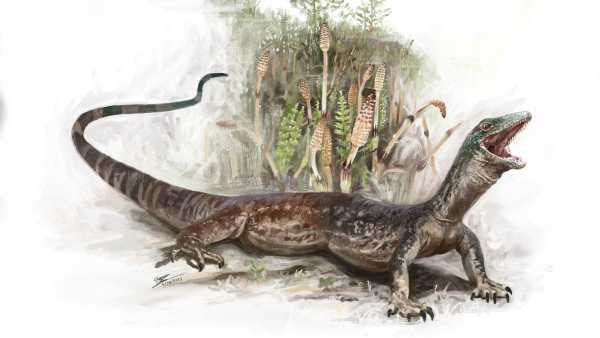
A mysterious 160-million-year-old creature discovered on the Isle of Skye is half lizard, half snake.
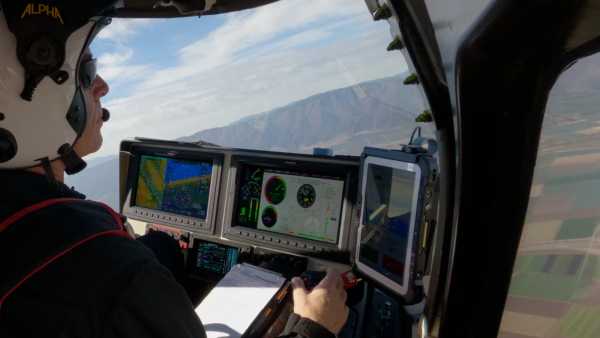
The 'Midnight' eVTOL broke its own record in its final test flight, bringing us closer to the launch of flying taxis.
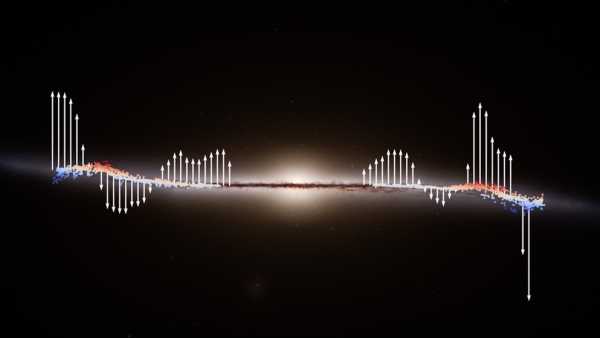
The “Great Wave” swept across our galaxy, displacing thousands of stars from their places.

“Honestly, I'm not sure about it at all”: A survey revealed public uncertainty about experiments with lab-grown conscious “mini-brains”
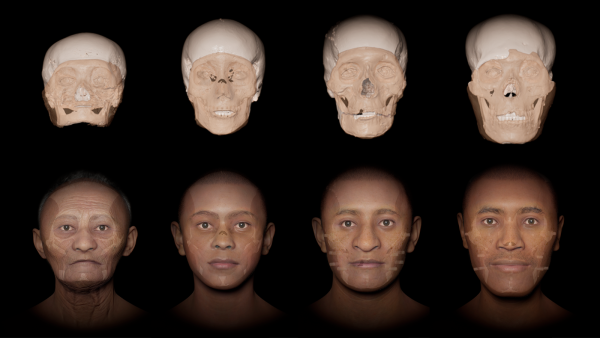
Scientists have used digital technology to remove the “death masks” from four Colombian mummies, revealing their faces for the first time.
LATEST ARTICLES

1 Best Fitness Trackers for Swimming in 2025
Live Science magazine is part of Future US Inc., an international media group and leading digital publisher. Visit our corporate website.
- About Us
- Contact Future experts
- Terms and Conditions
- Privacy Policy
- Cookie Policy
- Accessibility Statement
- Advertise with us
- Web notifications
- Career
- Editorial standards
- How to present history to us
© Future US, Inc. Full 7th Floor, 130 West 42nd Street, New York, NY 10036.
var dfp_config = { “site_platform”: “vanilla”, “keywords”: “type-news-daily,serversidehawk,videoarticle,van-enable-adviser-
Sourse: www.livescience.com



